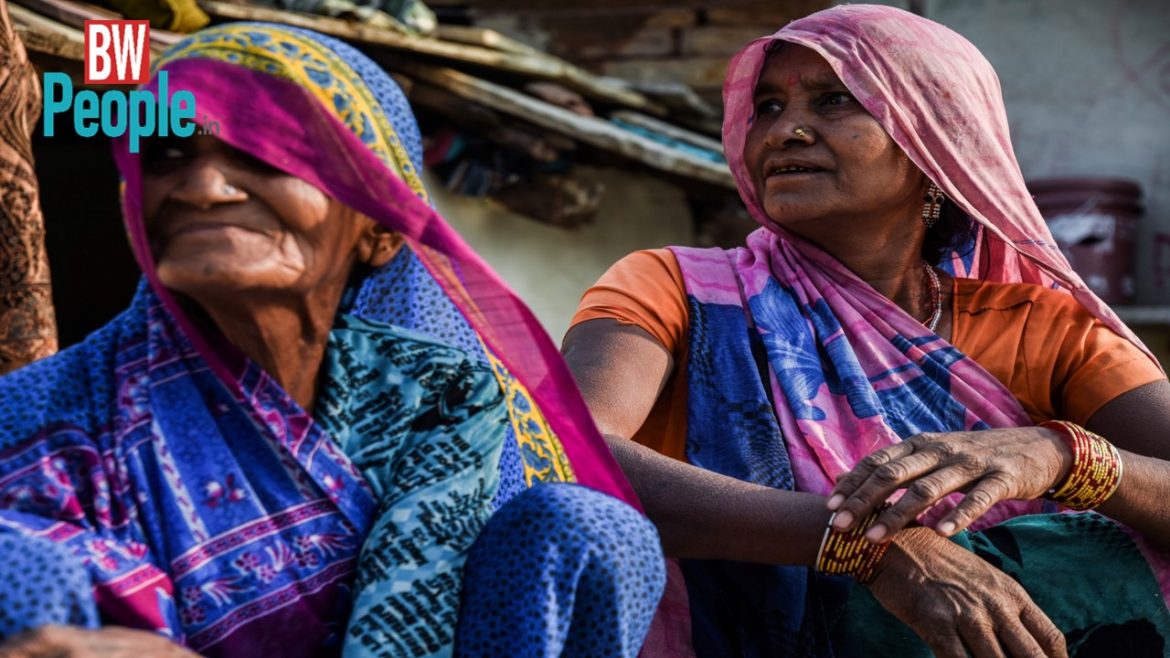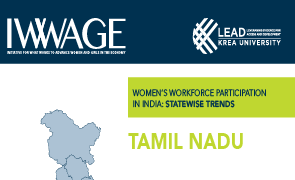Higher household income, lower education levels determinants of women’s labour force participation: Report
Higher household income and lower education levels are determinants of women’s labour force participation, a report said on Friday.The findings are part of ‘Working or Not: What Determines Women’s Labour Force Participation in India?’ — a research paper, released by ‘The Initiative for What Works to Advance Women and Girls in the Economy (IWWAGE)’. These findings are drawn from an analysis of household-level data from India’s Periodic Labour Force Surveys (PLFS), covering the years 2017-18 and 2018-19, said IWWAGE, an initiative of LEAD at Krea University.
The initiative is aimed at building on existing research and generate new evidence to inform and facilitate the agenda of women’s economic empowerment. The analysis also looks at long-term trends using the National Sample Survey Organization’s (NSSO) Employment-Unemployment Surveys (EUS), covering the years 1993-94 and 2011-12.
Women’s participation in India’s labour force has been steadily declining since 1993-94 and India has one of the lowest female labour force participation rates among developing countries. Despite decades of policies and programmes aimed at addressing this issue, the figure has remained consistently low, it said.The study shows that the primary driver behind this decline has come from rural areas, with participation dropping by 24 percentage points since 1993-1994. By contrast, the participation of urban women during this period saw only a marginal decline, from 25 percent to 22.5 per cent.”A multivariate analysis of the odds of a woman working in 2018-19 enables determination of several critical factors that significantly affect women’s participation in the labour force. The first is that higher household incomes are negatively linked to the labour force participation of women in both urban and rural areas. As the household’s income levels increase, the likelihood of a woman being in the labour force decreases,” it said.A similar relationship has been noted between women’s labour force participation rate (LFPR) and the household head’s education, suggesting that women withdraw from the labour force once the household’s socioeconomic status improves. Women’s own education is also a major determinant of their labour force participation rate, the study said women with no or primary education work more than those with higher secondary schooling, a woman with a graduate and higher degree has more than a 12 per cent chance of being in the labour force in urban areas.Similarly, vocational training of all types raises the probability of labour market participation in both rural and urban areas, with on the job training having the highest effect. Besides, for urban women, marriage reduces the likelihood of their participation in the workforce by 17 per cent. The presence of young children is also associated with lower participation, as women in households with children less than five years of age are less likely to participate in the labour force across rural and urban areas, the IWWAGE report said.

























































